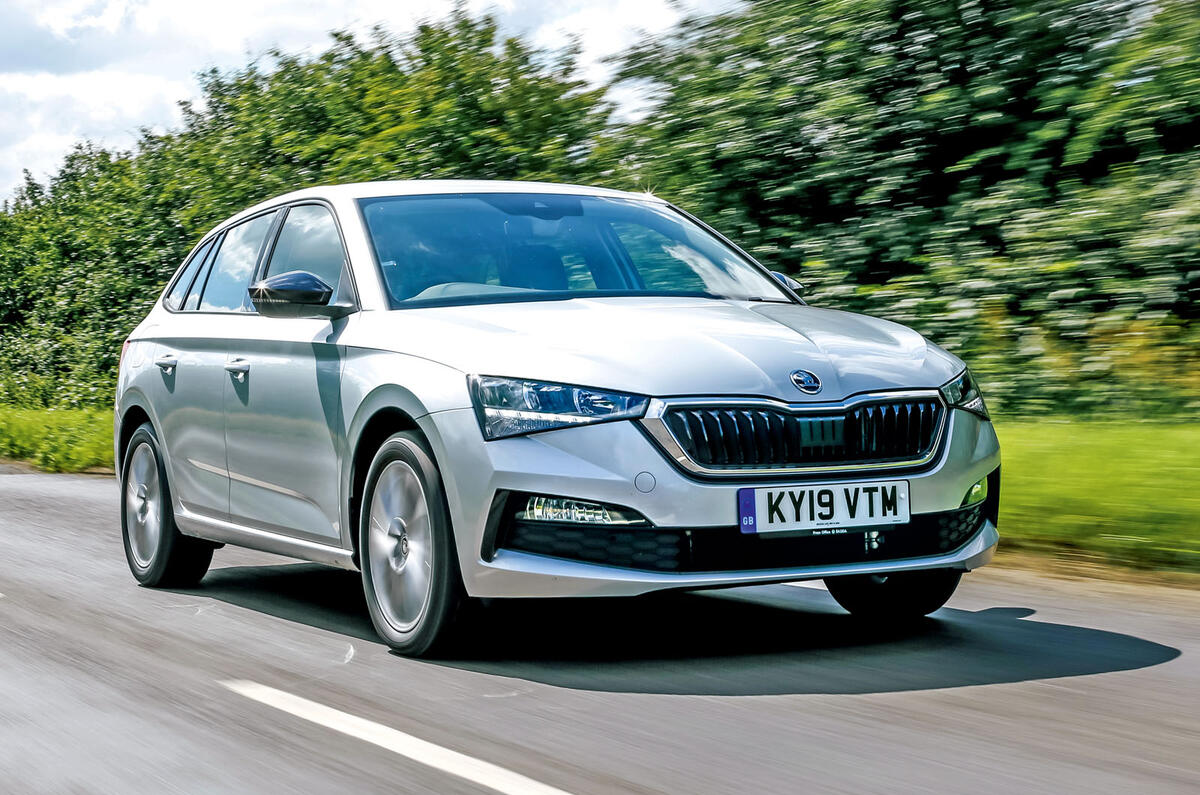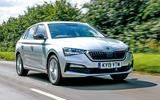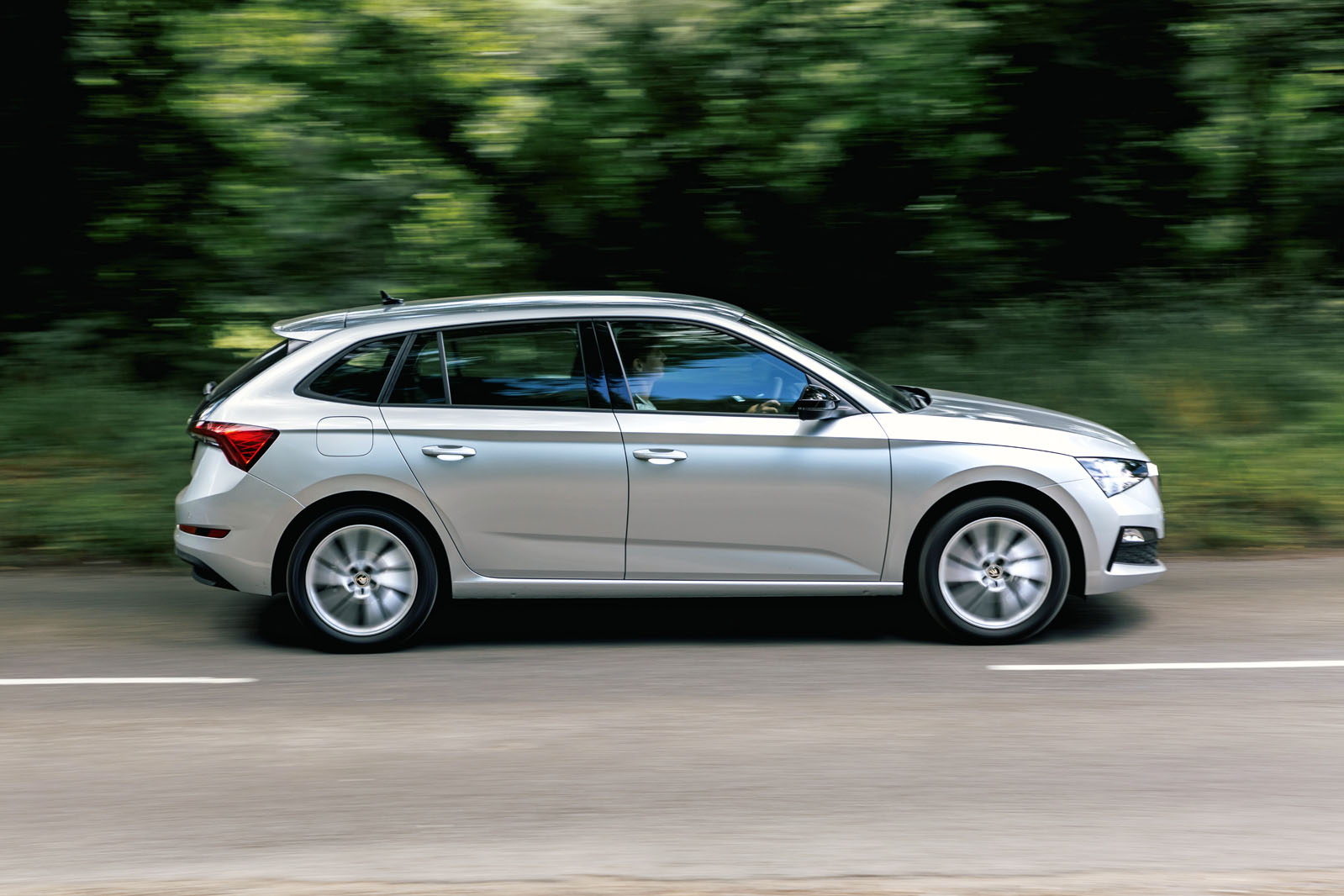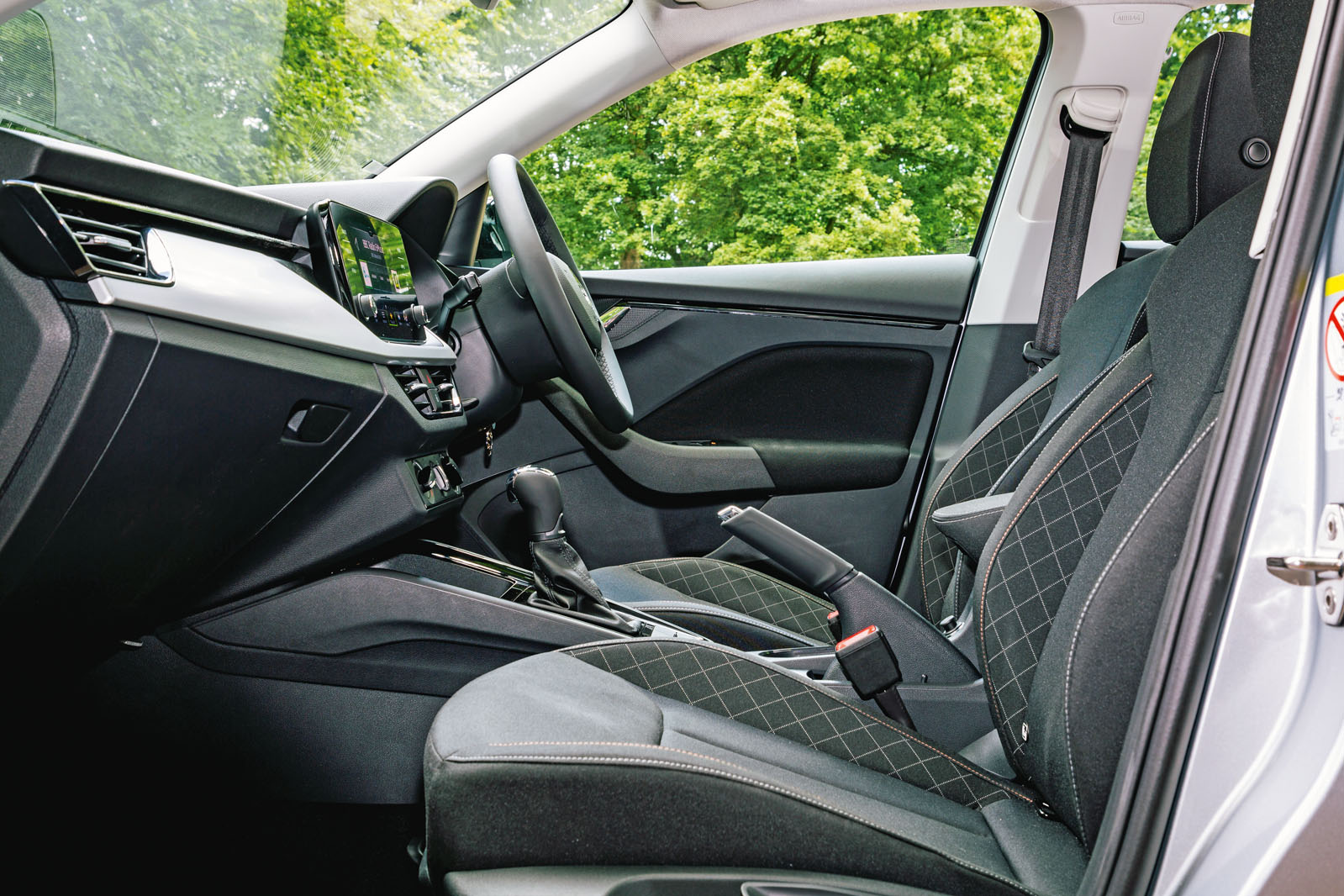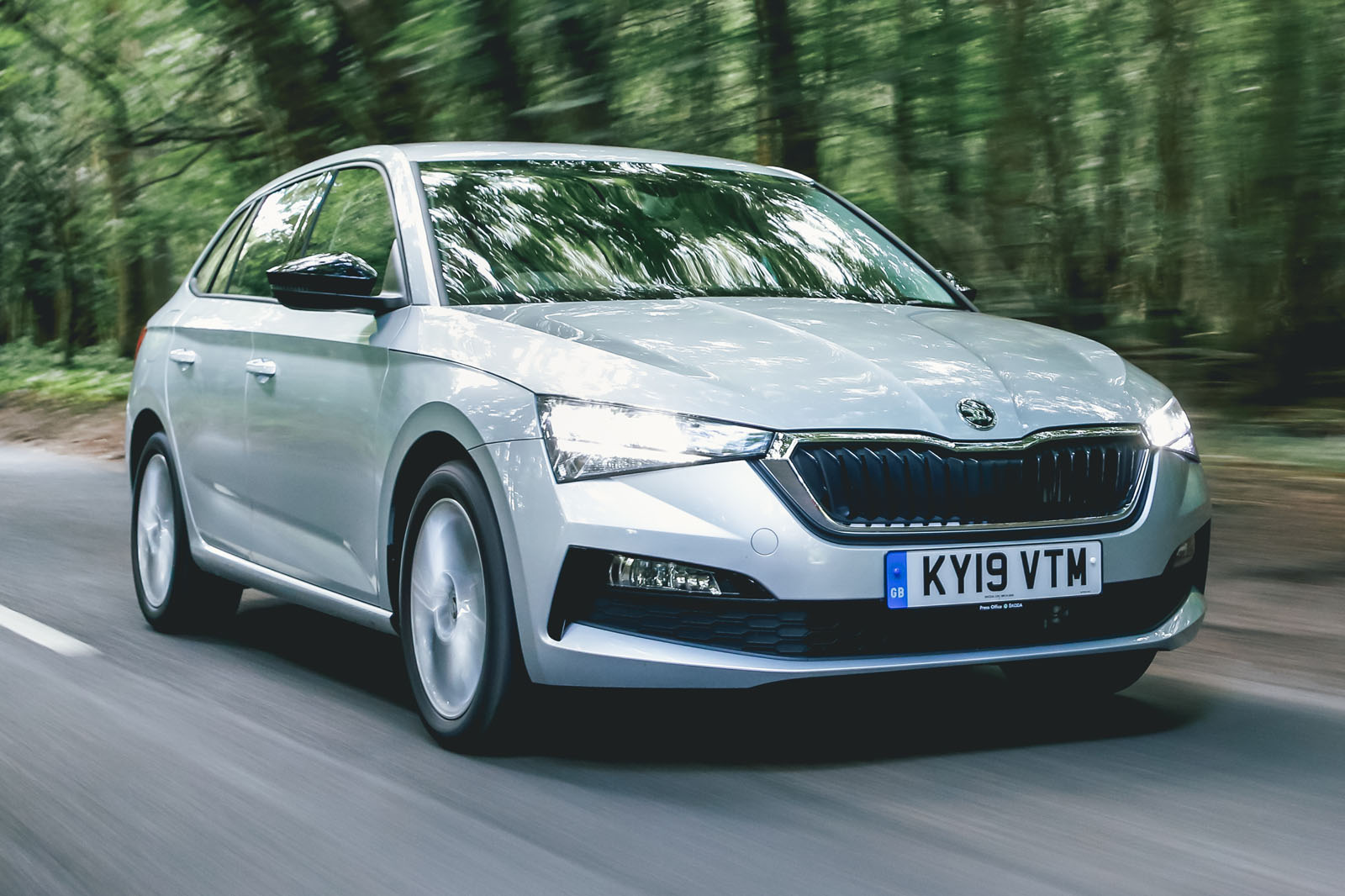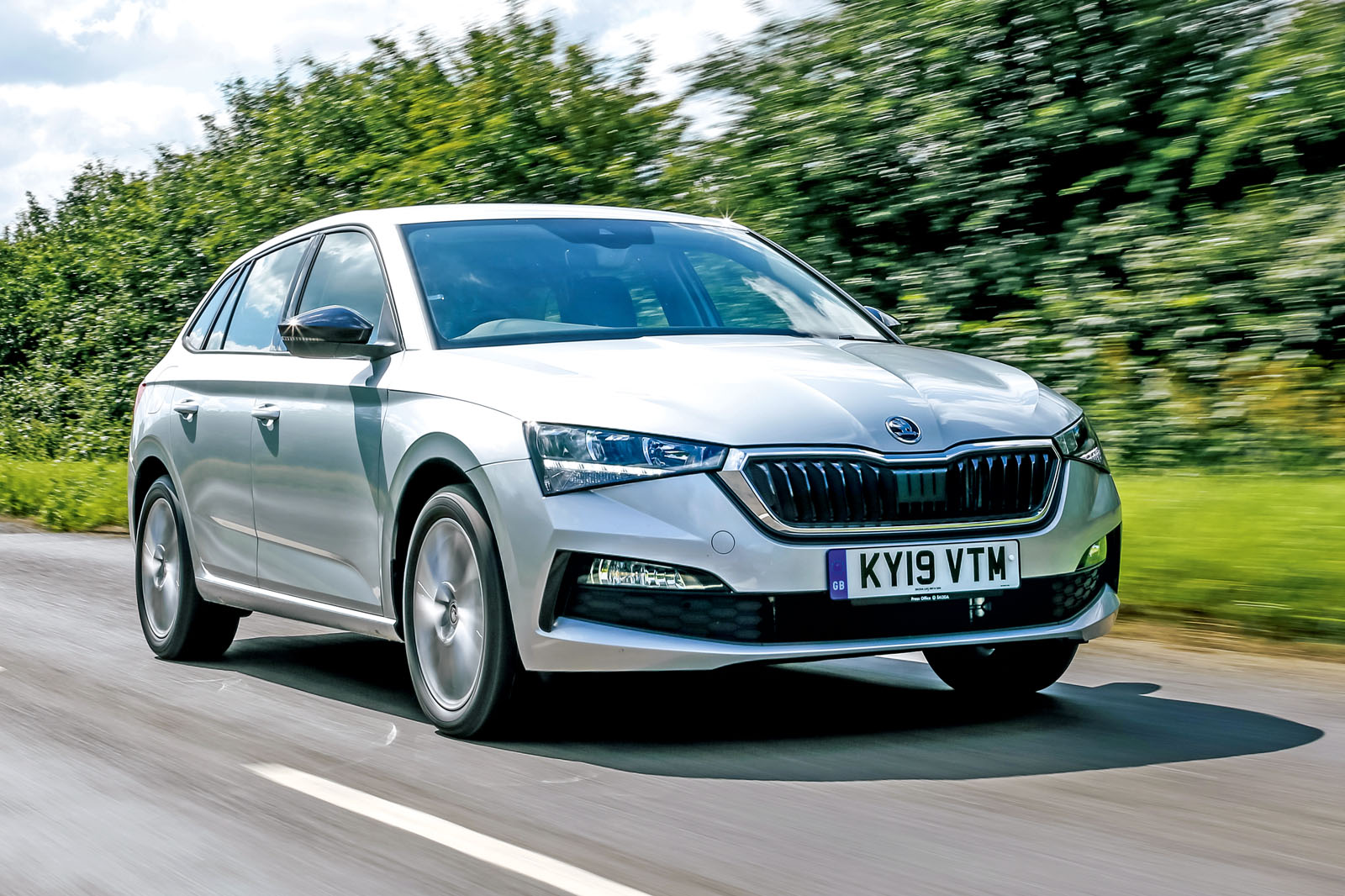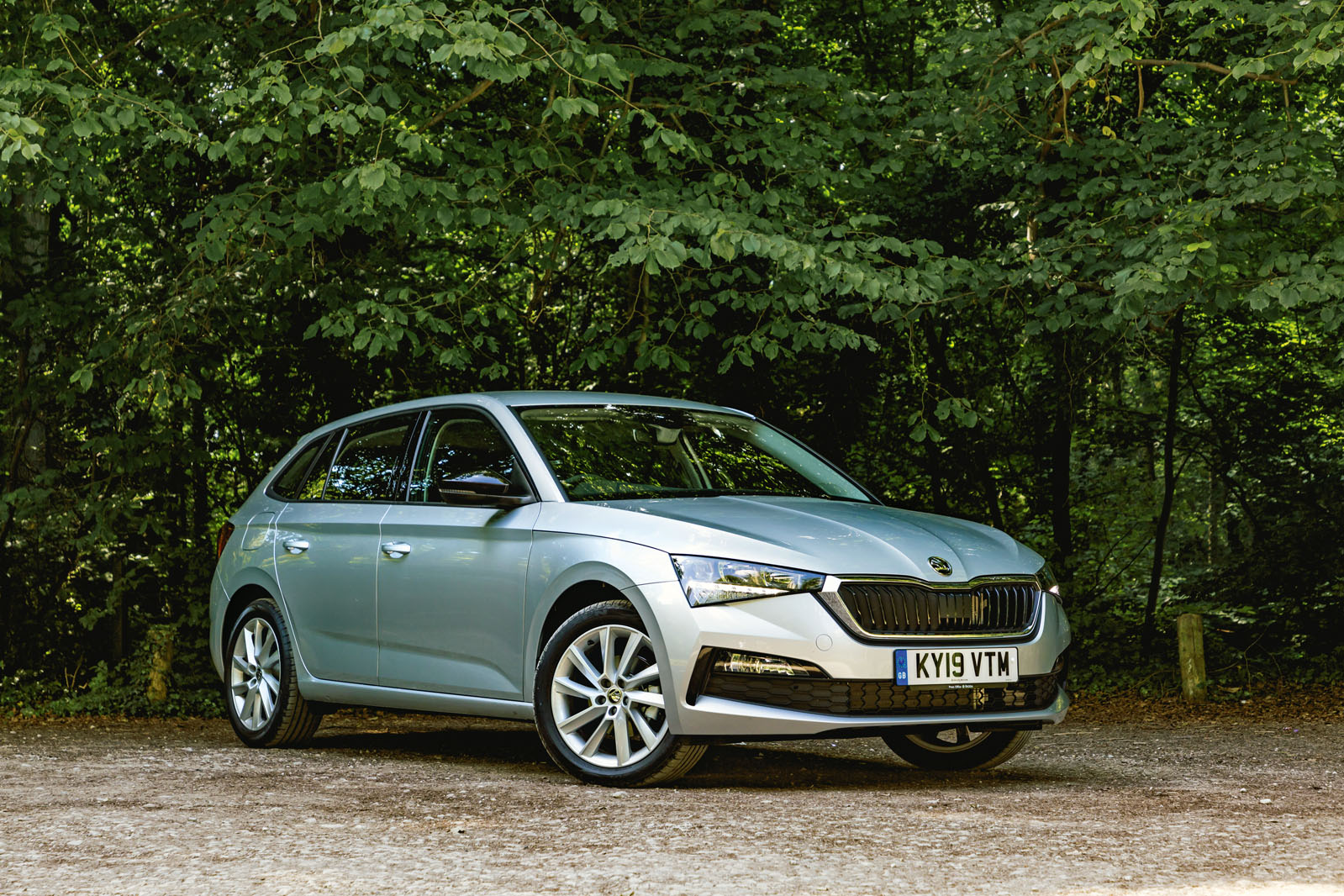Globally, Skoda has hit a chord with the buying public. Its products mean the same thing everywhere: they’re good value, they’re more spacious than you expect and they’re simply adorned inside. It is an image that has resonated in a crisis-ridden world.
That opening gambit for our road test of the now-retired Skoda Rapid applies as much today as it did back in 2012, although for its successor, the ambitious Czech brand would like to add something along the lines of ‘upmarket sophistication’.
As much is evident from looking at the Scala, whose design borrows cues from the premium European manufacturers both inside and out, and whose two-box, C-segment dimensions place it right in the cross-hairs of the traditionally minded European buyer. With the Skoda Octavia accounting for the bulk of Skoda’s sales and its growing range of crossovers catching up, Skoda has never built a car that so directly rivals the likes of Ford’s Ford Focus, the Vauxhall Astra and even its Volkswagen Golf cousin. It is no wonder that a new factory in eastern Europe is planned with an annual capacity of 350,000 cars, although if the demand exists, that could double.
Of course, convincingly moving upmarket is never as simple as fitting an all-glass rear window and using Porsche-style badging. The Scala need not handle like the best car in this class, but it must ride with a degree of panache that the Rapid never managed. Likewise, nobody is expecting Mercedes levels of refinement, but in 2019 success in this class demands cosseting long-distance road manners and a certain level of technology within the cabin.


